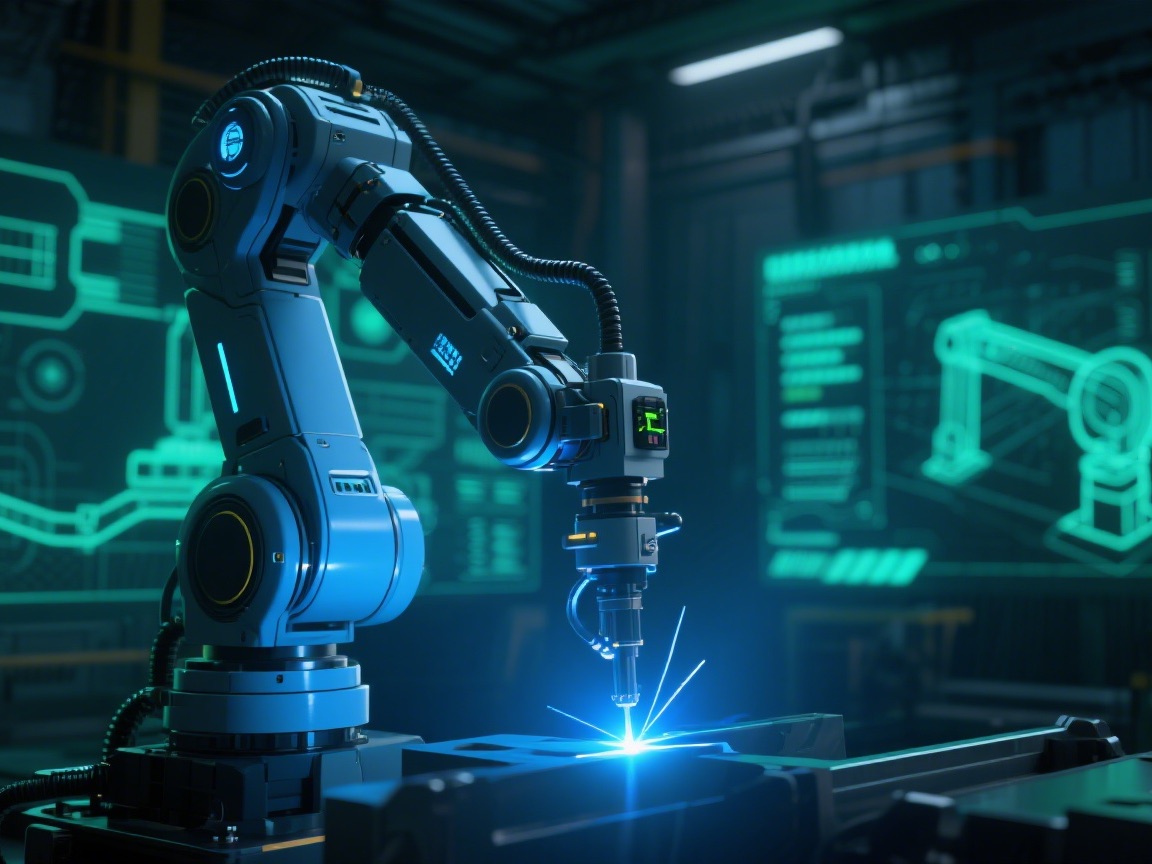 Industry News
Industry News Industrial Manufacturing: AI-Driven Upgrade of Smart Manufacturing
Industrial Manufacturing: AI-Driven Upgrade of Smart Manufacturing
2025-08-27
2025-05-13
2025-05-26
2025-06-03
2025-06-20
2025-11-20
 Current Affairs
Current AffairsFor HVAC engineers, cleanroom technicians, and laboratory managers, a capture hood is an essential tool—one that enables accurate airflow measurement and balancing. But like any precision instrument, it needs consistent care and maintenance to perform at its best.
Below is a straightforward Q&A guide, designed so even beginners can follow it. It breaks down how to maintain a capture hood efficiently and safely, without overly technical jargon.
Q1: What exactly is a capture hood, and why does it need maintenance?
A capture hood is a device built to measure the volume of air moving through diffusers, grilles, or exhaust outlets in ventilation systems. It’s key to ensuring proper air balance and energy efficiency in HVAC setups or cleanroom environments.
Put simply, capture hoods depend on sensors, airflow channels, and calibrated data to work. Dirt buildup, excess humidity, or even small handling mistakes can throw off their accuracy. That’s why regular cleaning, inspections, and calibration matter—especially for tasks like airflow capture hood calibration, where precision is non-negotiable.
Q2: How often should I clean or calibrate my capture hood?
Most manufacturers suggest calibrating your capture hood annually. But in high-use environments—think hospitals or pharmaceutical facilities—a check every six months is a good practice.
Between formal calibrations, you should clean the hood’s mesh, sensor area, and digital display regularly to prevent dust from piling up. If you use the hood for fieldwork (like HVAC commissioning and testing), you might also look into portable recalibration—many capture hood calibration service providers offer on-site verification for convenience.
Q3: What are the most common problems users face with capture hoods?
Here are the most common ones:
Inaccurate airflow readings, usually from sensor drift or poor calibration.
Air leaks, often caused by damaged fabric hoods or worn seals.
Data logging errors in digital models, which typically stem from software miscommunication.
Most of these issues are preventable with regular maintenance. Using quality accessories—like a digital airflow capture hood with built-in data logging (which automatically stores and monitors airflow data)—also helps cut down on problems.
Q4: How do I store and handle a capture hood properly?
When storing your capture hood, always keep it in a dry space—away from direct sunlight or chemical vapors. For lightweight, portable capture hoods used in the field, make sure to pack them securely in their protective case after each use. Never press or fold the airflow cone—this can warp its shape and hurt measurement accuracy later.
Before long-term storage, remove the batteries, give the unit a thorough clean, and cover it to keep dust out.
Q5: When should I replace or upgrade my capture hood?
If your capture hood’s accuracy can’t meet the required tolerance (say, ±3%) anymore, or if it keeps failing inspection when you get its capture hood calibration certificate, it’s time to think about replacing it.
Modern capture hoods also offer nice upgrades: better ergonomic designs, Bluetooth connectivity, and faster response times. These are especially useful for technicians who regularly do tasks like cleanroom airflow measurement and balancing with their capture hood.
Final Tip
A properly maintained capture hood will last for years, delivering accurate, repeatable airflow measurements every time. Keeping it clean, calibrated, and stored carefully doesn’t just ensure safety and compliance—it also gives you confidence in your data, whether you’re working in a cleanroom, an HVAC system, or a pharmaceutical production environment.
Disclaimer: This website respects intellectual property rights. If any infringement is found, please contact this website in a timely manner for handling.